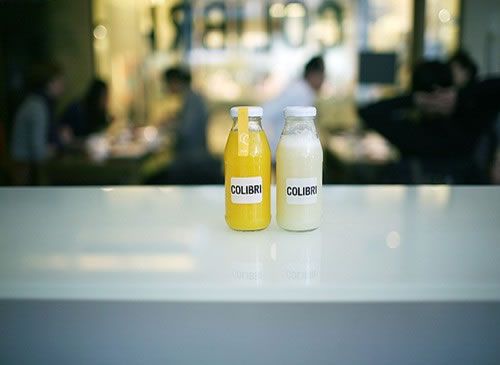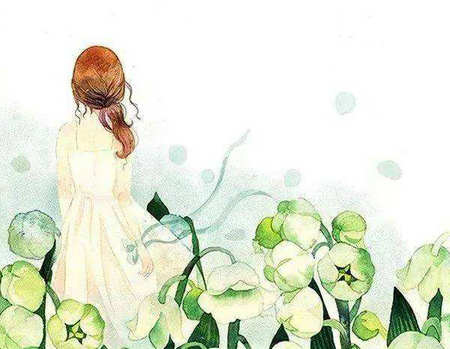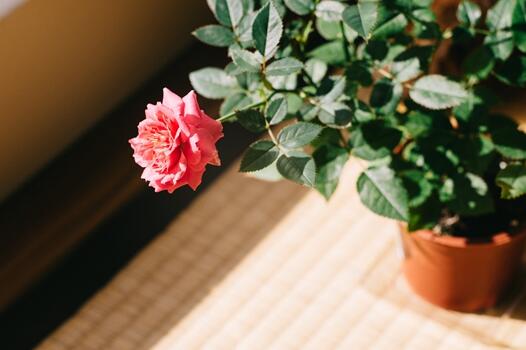
北京牛街清真寺简短的英语导游词
北京牛街清真寺,位于广安门内牛街。
创建于辽圣宗十三年(966),宋太宗至道元年(995)、明正统七年(1442)重修。
清康熙三十五年(1696)又按原样进行大规模修葺。
主要建筑有礼拜殿、梆克楼、望月楼和碑亭等。
寺内现存主要建筑均于明清时期修筑,是采用汉族传统建筑形式修建的清真寺的典型实例,是北京规模最大、历史最久的一座清真寺。
公元1427年(明宣德二年)扩建,公元1442年(明正统七年)整修。
公元1474(明成化十年),都指挥詹升题请名号,奉敕赐名“礼拜寺”,故有“明寺”之称。
公元1696年(清康熙三十五年)又按原样进行大规模修葺,总共经历8次修缮扩建。
中华人民共和国成立后,先后于1955年和1979年两次拨款进行全面修缮。
中外穆斯林经常到此进行宗教活动和参观访问。
北京市宣武区伊斯兰教协会和北京穆斯林建设牛街基金会均设在寺内。
1988年列为国家重点文物保护单位。
牛街清真寺建筑集中对称,其格局采用汉族宫殿式的木结构形式为主,其细部带牛街清真寺牛街清真寺有浓厚的伊斯兰教阿拉伯建筑的装饰风格。
[1] 精美的雕梁画栋,别具风格的殿堂屋顶,随处可见的《古兰经》文和赞美穆罕默德词句的细部装饰等,处处呈现出汉族古典宫殿式建筑与阿拉伯式清真寺的完美结合。
寺院为汉族宫殿式建筑,内部装修结合阿拉伯式建筑风格。
总建筑面积1500平方米。
寺院对面为一座长40米的汉白玉底座灰砖影壁。
寺门有5门,中大边小,前有朱漆木栅。
正门在望月楼下,楼高10米,为六角形双层亭式楼阁。
由便门进入两层院落,正西为礼拜大殿,五楹三进七层共42间,可容千人礼拜。
殿内明柱组成仿阿拉伯式尖形拱门,有巾金的赞主赞圣经文,天花板半米见方,也饰以图案和阿文赞词。
窑殿为六角攒尖亭式建筑,两侧有饰以阿文库法体的镂空木雕窗棂。
大殿正东为邦克楼,楼前月台上有日晷和2座碑亭,碑文记载礼拜寺修建经过。
寺内东南小院有2座筛海坟,据碑载,为宋末元初来华讲学的麦地那额鲁人穆罕默德本艾哈默德和布哈拉人阿里,他俩分别病逝于元至元十七年(1280)、二十年(1283)。
寺内保存着一批重要的文物和碑刻,其中元至元17年(1280年)和(1280)年的两块阿拉伯文墓碑,及明弘治9年(1496年)用汉、阿两种文字刻的《敕赐礼拜寺记》碑,为研究伊斯兰教历史的重要实物资料。
一小段北京的英文导游词
这个里面有很多,你可以挑一下
急
简单的介绍风景英文导游词。
北京(颐和园英文导游词) Ladies and Gentlemen: Welcome to the Summer Palace. (After the self-introduction of the guide -interpreter) I hope this will be an interesting and enjoyable day for you. During our tour, you will be introduced to time honored historical and cultural traditions, as well as picturesque views and landscapes. The construction of the Summer Palace first started in 1750. At that time, the Qing Dynasty was in its heyday and China was a powerful Asian country with vast territories. The monarch in power then was Emperor Qianlong. With supreme power and large sums of money, he summoned skillful and ingenious artisans from all over the country to carry out this construction work in honor of his mother's birthday. After 15 years and one seventh of the nation's annual revenue spent, the Garden of Clear Ripples was completed and served as a testimony to China's scientific and technological achievements. In 1860, this vast royal garden was burnt down along with the Yuanming Yuan (Garden of Perfection and Brightness) by Angol-French allied forces. In 1888, Empress Dowager Cixi reconstructed the garden on the same site and renamed it the Garden of Nurtured Harmony (Summer Palace). Characterized by its vast scope and rich cultural embodiments, the Summer Palace has become one of the most famous tourist sites in the world.
跪求导游欢迎词,英文版
经典点的
Ladies and Gentlemen: I am pleased to serve as your guide today. This is the palace museum; also know as the Purple Forbidden City. It is the largest and most well reserved imperial residence in China today. Under Ming Emperor Yongle, construction began in 1406. It took 14years to build the Forbidden City. The first ruler who actually lived here was Ming Emperor Zhudi. For five centuries thereafter, it continued to be the residence of23 successive emperors until 1911 when Qing Emperor Puyi was forced to abdicate the throne. In 1987, the United Nations Educational, Scientific and Cultural Organization recognized the Forbidden City was a world cultural legacy.
长城的导游词英文的10句左右
China's Great Wall is in the human history of civilization the greatest architectural engineering. It located at China's capital Beijing. He is China is most famous, greatest construction. The Great Wall is the miracle which our country ancient times the working people created. Starts from the Warring States time, constructs Great Wall has been a big project. It has 6700 kilometers. Our country ancient times millions of working people have contributed the wisdom for it, has drained away the blood and sweat, causes it to become a world big miracle. Therefore said that the Great Wall is China's symbol



